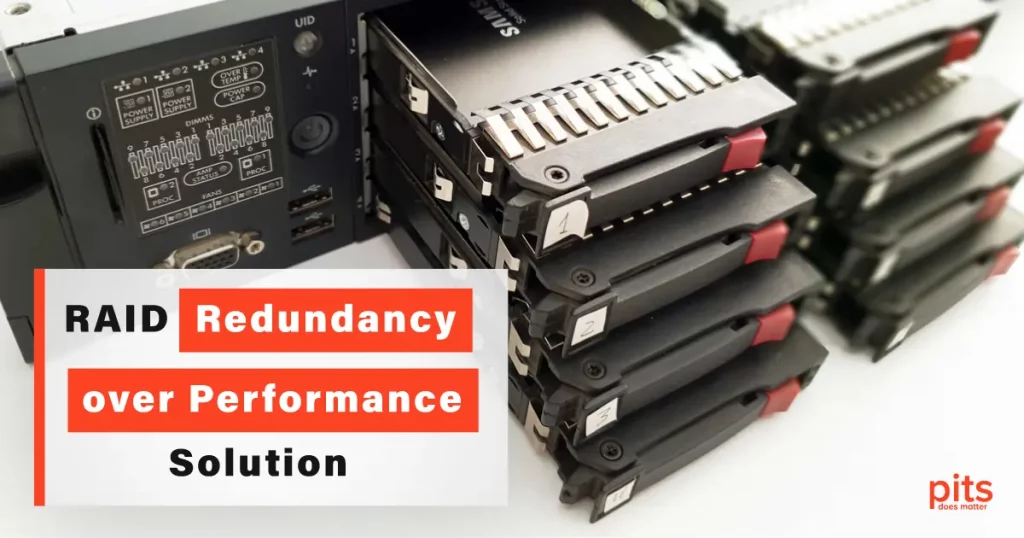RAID, or Redundant Array of Independent Disks, is a technology that enables data to be stored across multiple hard drives. By doing so, RAID provides several benefits, such as improved performance, increased storage capacity, and, most importantly, redundancy. In this article, our team will focus on the importance of RAID redundancy over performance and how to choose the right RAID level to achieve it.
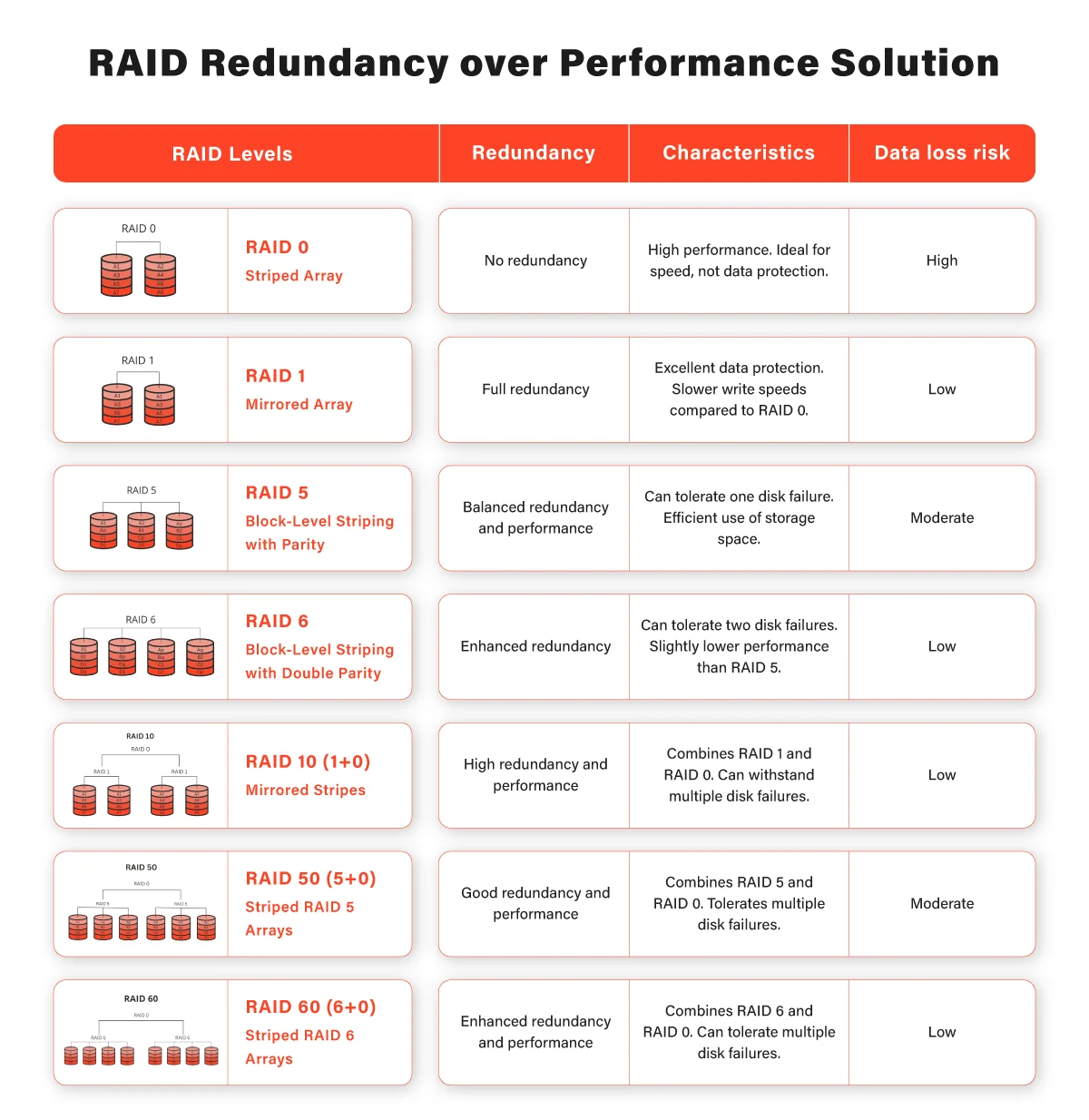
What is Redundancy?
Redundancy can be considered a safety net that ensures that data is always available, even when one or more hard drives fail. In a RAID system, redundancy is achieved by distributing data across multiple disks so that the data can be reconstructed from the remaining drives if one fails. This is typically done using various techniques such as mirroring, parity, or combining both.
Mirroring involves duplicating data across multiple hard drives. For example, in RAID 1, two hard drives are mirrored so that data is written to both drives simultaneously. If one disk drive fails, the other one can be used to reconstruct the data. Mirroring provides a simple and effective form of data redundancy, but it is also the most expensive in terms of disk usage.
Parity, on the other hand, involves generating additional data that can be used to reconstruct data in the event of a disk failure. This additional data is calculated using a mathematical algorithm and is stored on a separate drive.
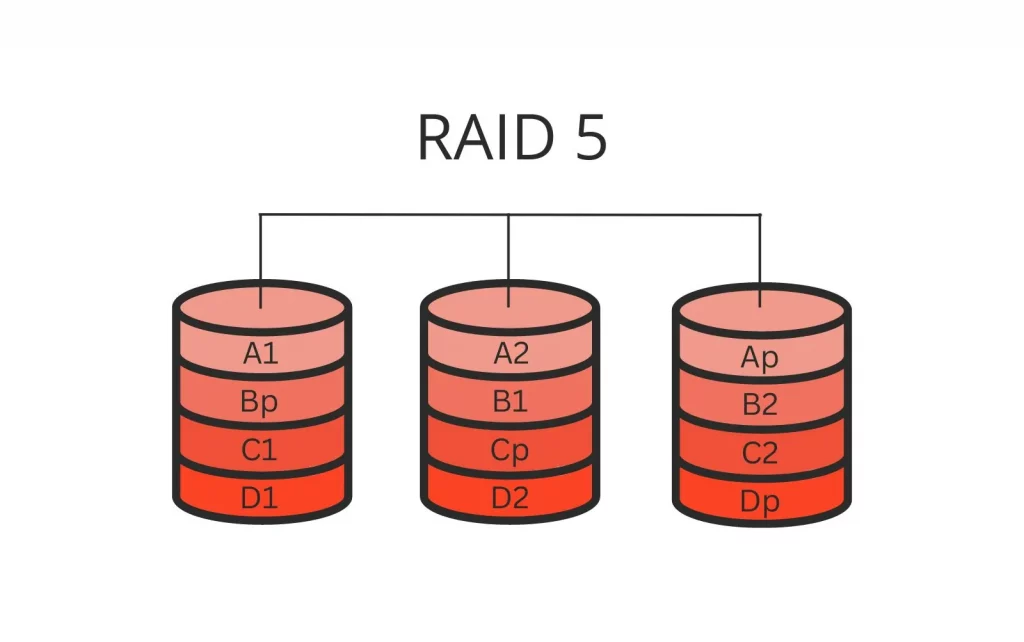
For example, in RAID 5 arrays, data is striped across three or more hard drives, with one drive dedicated to parity. This allows for the failure of one drive without data loss. RAID 6, which is similar to RAID 5 but with two parity drives, allows for the failure of up to two drives without data loss.
The combination of mirroring and parity is used in RAID 10, which involves striping data across two sets of mirrored drives.
This provides both redundancy and performance and can tolerate the failure of up to one drive in each group without data loss.
Redundancy is essential for protecting data from hardware failures, which can occur due to a variety of reasons, such as physical damage, wear and tear, or power surges. Without redundancy, a single hard drive failure can result in data loss or downtime, which can be costly and disruptive for businesses and individuals alike.
In addition to hardware failures, redundancy can also protect against other forms of data loss, such as human error, software corruption, or natural disasters. For example, if a file is accidentally deleted, it can be recovered from a redundant copy. The same can be done if a software bug corrupts a file. If a flood or fire destroys one set of hard drives, data can be recovered from other drives.
"*" indicates required fields
How Redundancy and Performance are Related?
Redundancy and performance are related in data storage systems where multiple copies of the same data are stored across several storage devices. Redundancy protects against data loss in case of hardware failures by enabling data reconstruction from the remaining storage devices containing copies of the same data.
However, achieving redundancy may impact the storage system’s performance since data needs to be written to multiple storage devices simultaneously, which takes more time than writing to a single device. The impact on performance depends on the level of redundancy implemented. While redundancy may come at a performance cost, the benefits of data protection and availability outweigh the minor performance loss in most cases.
With advances in technology, the performance impact of redundancy can be further reduced, making it a more practical and viable option for a wider range of applications. When choosing a data storage system, it is essential to consider the trade-offs between redundancy and performance and select the system that best meets specific requirements.
RAID that Offers Redundancy Over Performance
RAID 1 – Mirroring
RAID 1 is the simplest form of RAID that provides redundancy. It involves mirroring two hard drives so that data is written to both drives at the same time. If one disk drive fails, the other one can be used to reconstruct the data. RAID 1 is a good choice for small systems that require high data availability but do not require high performance.

RAID 5 – Striping with Parity
RAID 5 is a popular RAID level that provides both performance and redundancy. It involves striping data across three or more hard drives, with one disk dedicated to parity.
Parity data is used to reconstruct the data in case one disk fails. RAID 5 provides good read/write speeds and is suitable for systems requiring high data availability and performance.

RAID 6 – Striping with Dual Parity
RAID 6 is similar to RAID array 5 but with an additional parity drive. This provides additional redundancy and allows for the failure of up to two drives without data loss. RAID 6 is suitable for large systems that require high data availability and can tolerate the minor performance loss that comes with redundancy.
RAID 10 – Mirrored Striping
RAID 10 combines the redundancy of RAID 1 with the performance of RAID 0. It involves striping data across two sets of mirrored drives.
RAID 10 provides an excellent read/write performance and has a fault tolerance. RAID 10 is suitable for large systems requiring high data availability and high performance.
In conclusion, RAID redundancy is critical for protecting data from loss due to hardware failures. While RAID levels that prioritize performance may be suitable for some applications, it is important to understand your data protection needs and choose a RAID configuration that provides the appropriate level of redundancy.

Hence, when looking for RAID solutions for redundancy over performance, choose between RAID 1, RAID 6, and RAID 10. Ultimately, the best RAID level for your system will depend on the complexity and size of your system, as well as your performance and redundancy requirements.
It is worth noting that RAID is not a substitute for data backups. While RAID redundancy protects against hardware failure, it does not protect against other forms of data loss, such as human error, software corruption, or natural disasters. It is important to have a comprehensive backup strategy in place to ensure that data can be recovered in the event of any data loss.
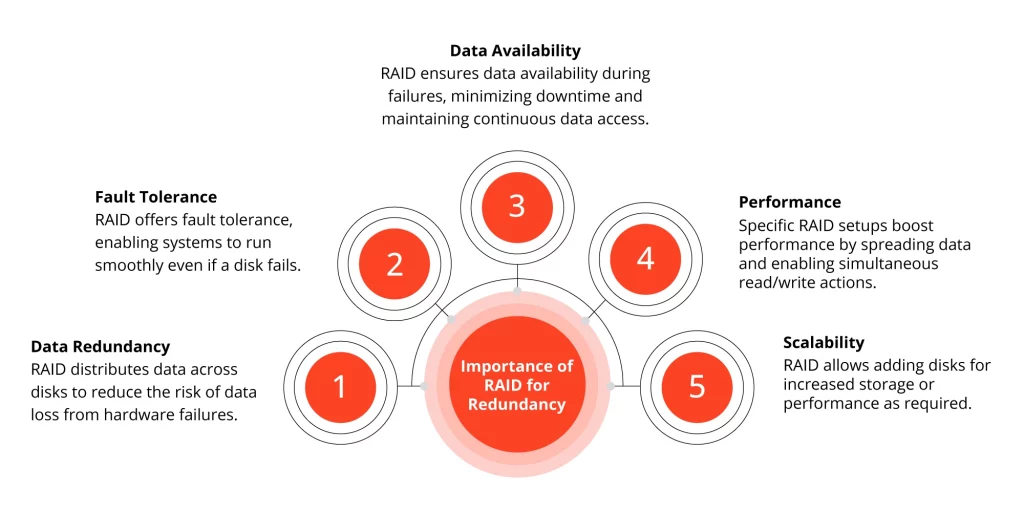
RAID redundancy is essential for protecting data from hardware failures. While there is a minor performance loss associated with RAID redundancy, the benefits of data protection far outweigh this.
PITS specializes in comprehensive RAID data recovery services. Whether you’re encountering data loss in any r RAID configuration, our skilled technicians have the expertise to recover your critical data. We comprehend the urgency and complexity of RAID failures and utilize advanced techniques and cutting-edge technology to restore your data promptly and securely.
With a track record of successful RAID recoveries, PITS Data Recovery is your trusted partner when it comes to retrieving your valuable information from RAID arrays, minimizing downtime, and providing business continuity.
Blogs Related to the Topic
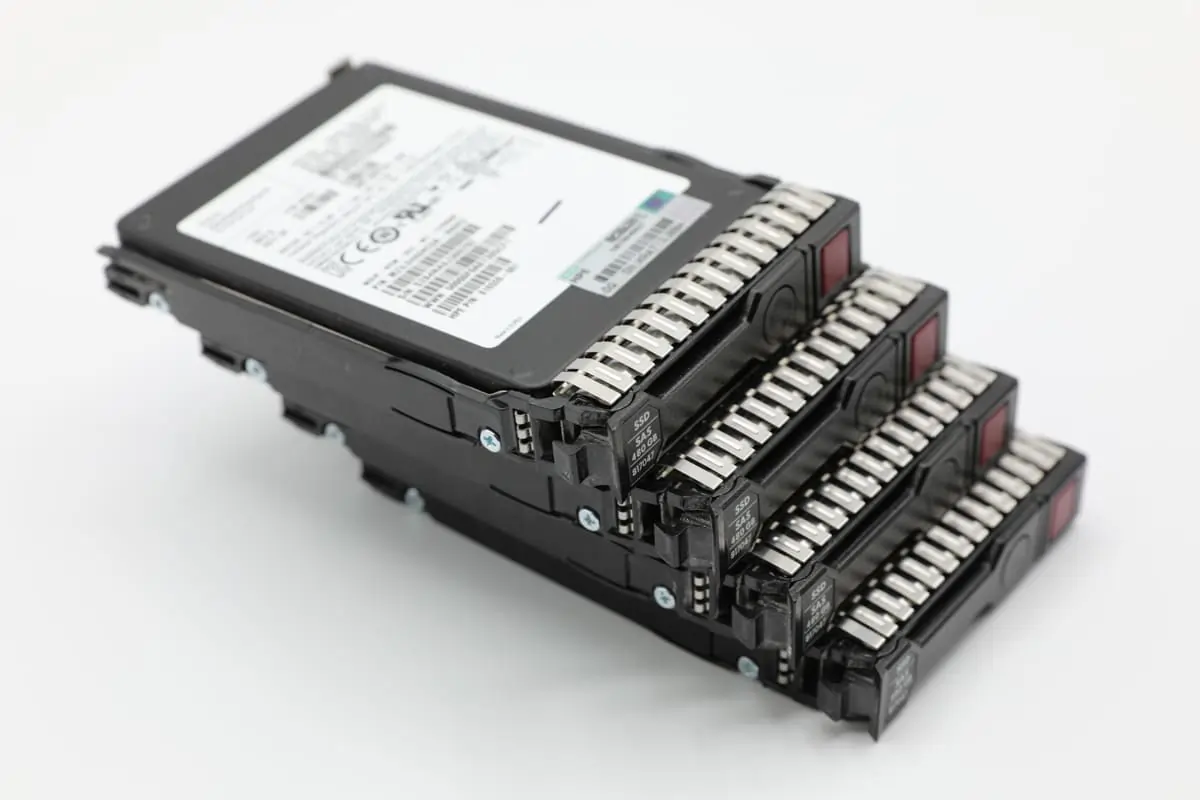
The Best RAID Configuration for Performance
Explore the world of RAID configurations to find the perfect balance between performance and redundancy. Find the best solution for yourself.
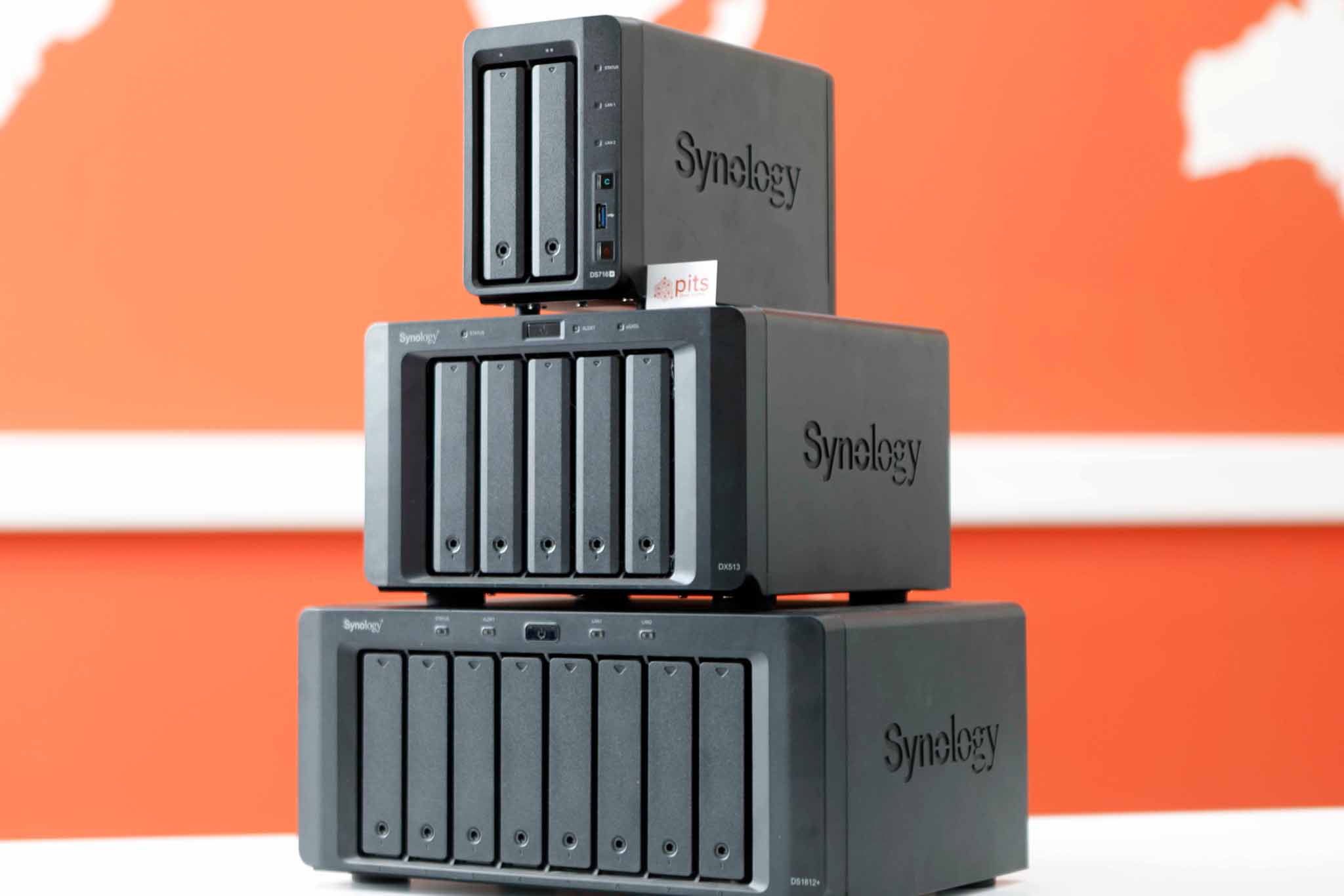
Software RAID vs.
Hardware RAID
Understand the trade-offs between software RAID and hardware RAID in terms of flexibility and performance. Learn more in this blog.
Frequently Asked Questions
What is RAID redundancy over performance?
RAID redundancy over performance refers to a configuration that prioritizes data redundancy and fault tolerance over maximizing performance. It involves combining multiple hard drives to create a logical volume that ensures data integrity and availability, even in the event of a drive failure.
Why would I choose RAID redundancy over performance?
RAID redundancy is a suitable choice when data reliability and availability are crucial, such as in business environments or for protecting important personal data. It provides protection against drive failures, reducing the risk of data loss and minimizing downtime.
Which RAID levels are suitable for redundancy over performance?
RAID 1 (mirroring) and RAID 5 (striping with distributed parity) are commonly used for redundancy over performance. RAID 1 creates an exact copy (mirror) of data across multiple drives, while RAID 5 distributes data and parity information across drives. Both RAID levels allow for data reconstruction in case of a drive failure.
What are the benefits of RAID redundancy over performance?
The advantages of RAID redundancy over performance include data protection, fault tolerance, and quick data recovery. RAID redundancy safeguards data against drive failures, ensures continuous operation in case of a failure, and allows relatively fast data recovery by rebuilding lost data from remaining drives.
Is RAID redundancy suitable for every use case?
RAID redundancy is not necessary for all use cases. If maximum performance or cost efficiency is of higher priority than data redundancy, other RAID configurations optimized for speed or storage capacity may be more suitable. It is important to consider the specific needs and requirements of your data storage environment before choosing a RAID configuration.
